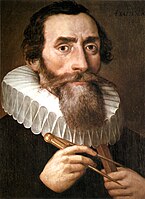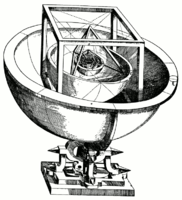Portal:Physics/2012 Selected pictures
| |||
Please do not edit this page directly. Instead, use one of the "Edit" links on the bottom right of the corresponding section. This will ensure that you edit the correct page for your changes to appear on Portal:Physics in the correct week.
January
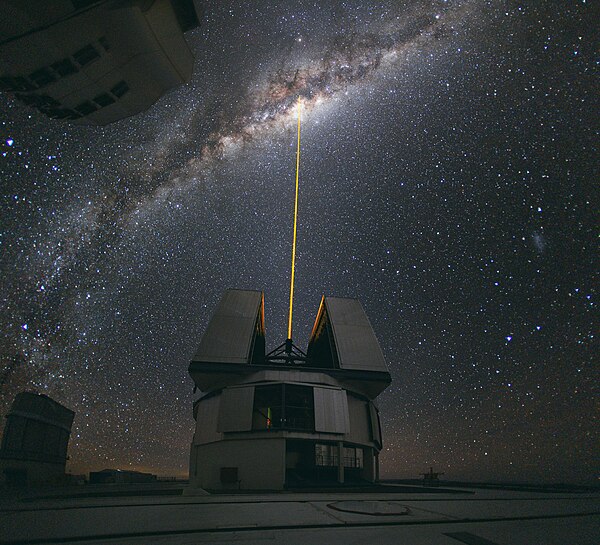
(
Yepun’s laser beam crosses the majestic southern sky and creates an artificial star at an altitude of 90 km high in the Earth's mesosphere. More background information can be found at "A Laser Beam Towards the Milky Way's Centre." from the European Southern Observatory web site.
February
The
-
The Hubble Deep Field
-
Details from the Hubble Deep Field illustrate the wide variety of galaxy shapes, sizes and colours found in the distant universe.
March
The


April

It includes lectures on
May

June

July
Johannes Kepler (December 27, 1571 – November 15, 1630) was a
-
A 1610 portrait of Johannes Kepler by an unknown artist
-
Kepler's Platonic solid model of the Solar System from Mysterium Cosmographicum (1600)
-
Close-up of inner section of the model (to the right)
August
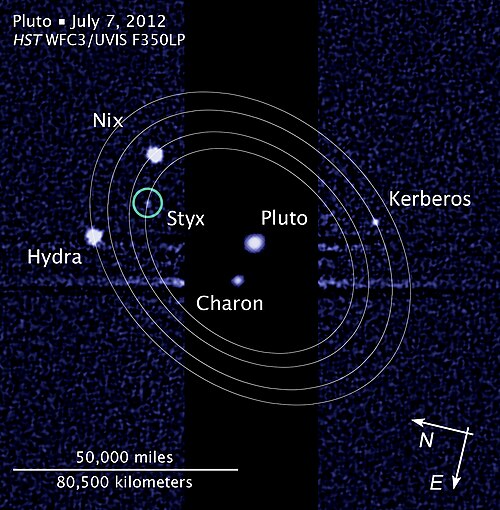
September
Difference between classical and modern physics
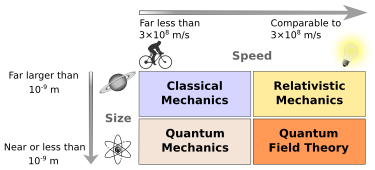
While physics aims to discover universal laws, its theories lie in explicit domains of applicability. Loosely speaking, the laws of
October
|
Earth's magnetosphere, Jupiter's is stronger by an order of magnitude, while its magnetic moment is roughly 18,000 times larger. The existence of Jupiter's magnetic field was first inferred from observations of radio emissions at the end of the 1950s and was directly observed by the Pioneer 10 spacecraft in 1973. |
electrical circuit is closed through it. |
|
|
 |
November
Difference between classical and modern physics

While physics aims to discover universal laws, its theories lie in explicit domains of applicability. Loosely speaking, the laws of
December
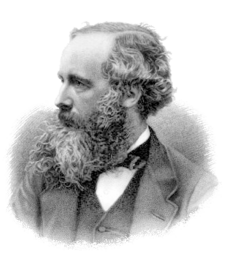
- ^ 134340 is Pluto's Minor Planet Center number, assigned following its demotion from full planetary status in 2006.[1] "S/2012 P 1" is the format that would have been used without the demotion.
- Purch. September 11, 2006. Retrieved August 19, 2014.
- ^ "James Clerk Maxwell". Encyclopædia Britannica. Retrieved 24 February 2010.
Scottish physicist best known for his formulation of electromagnetic theory
- ^ James Clerk Maxwell
- ^ "James Clerk Maxwell". IEEE Global History Network. 2011. Retrieved 2011-06-21.
- doi:10.1109/6.123329.



